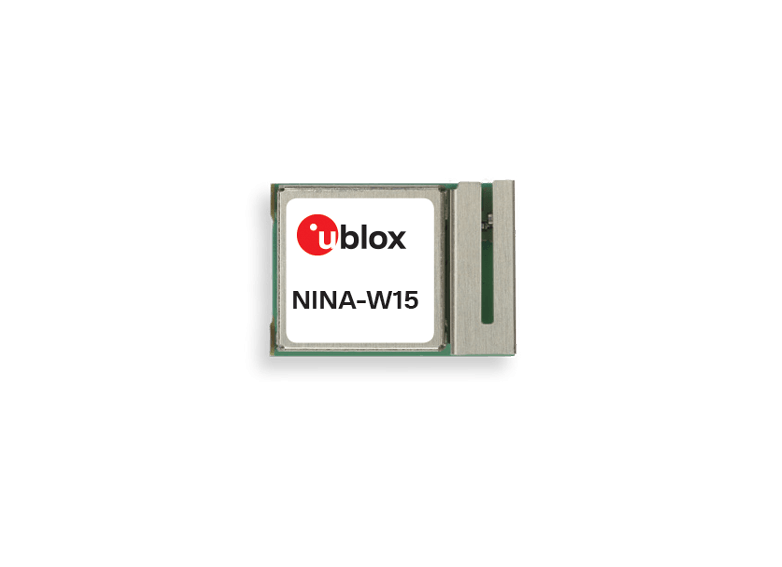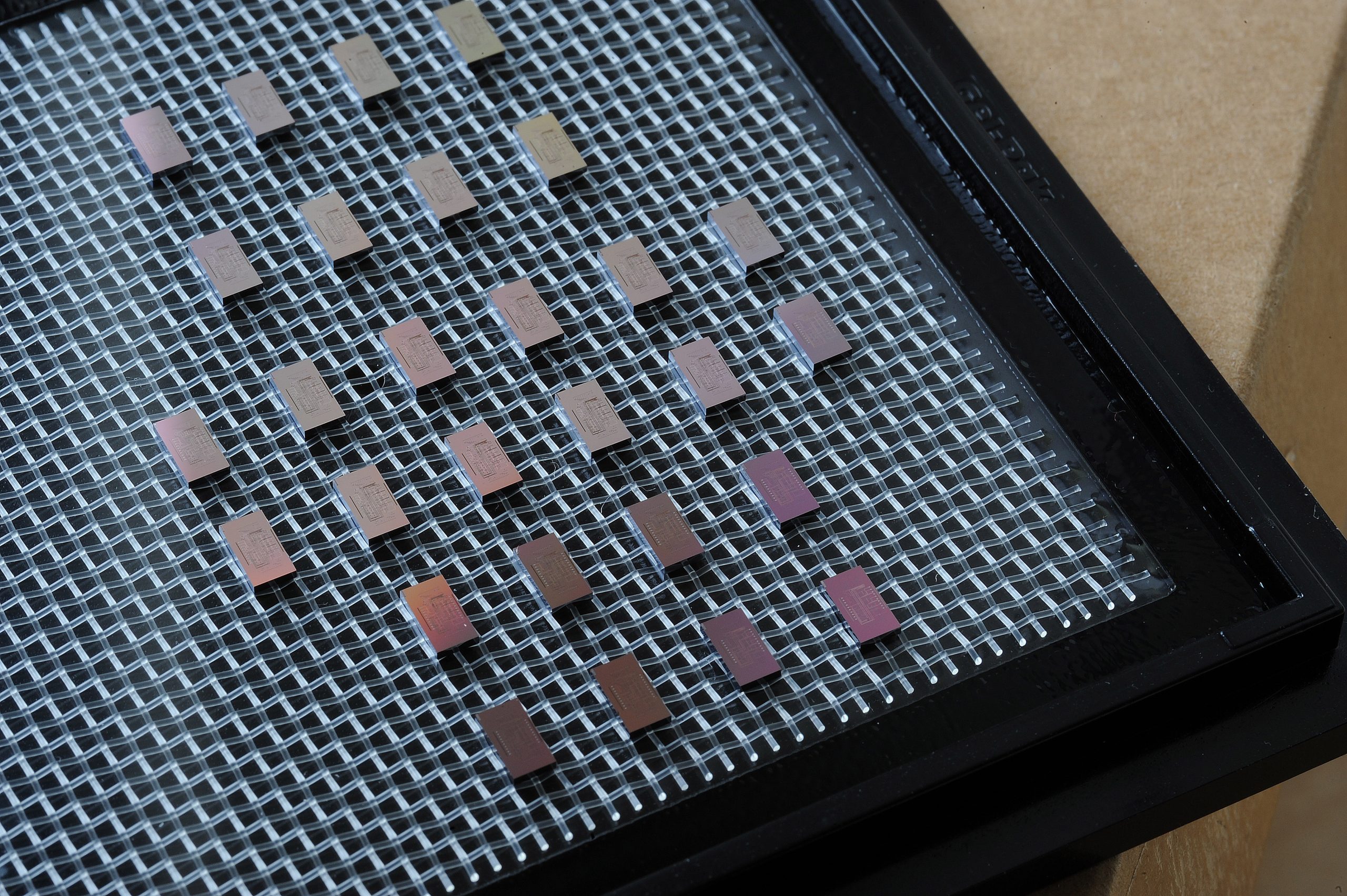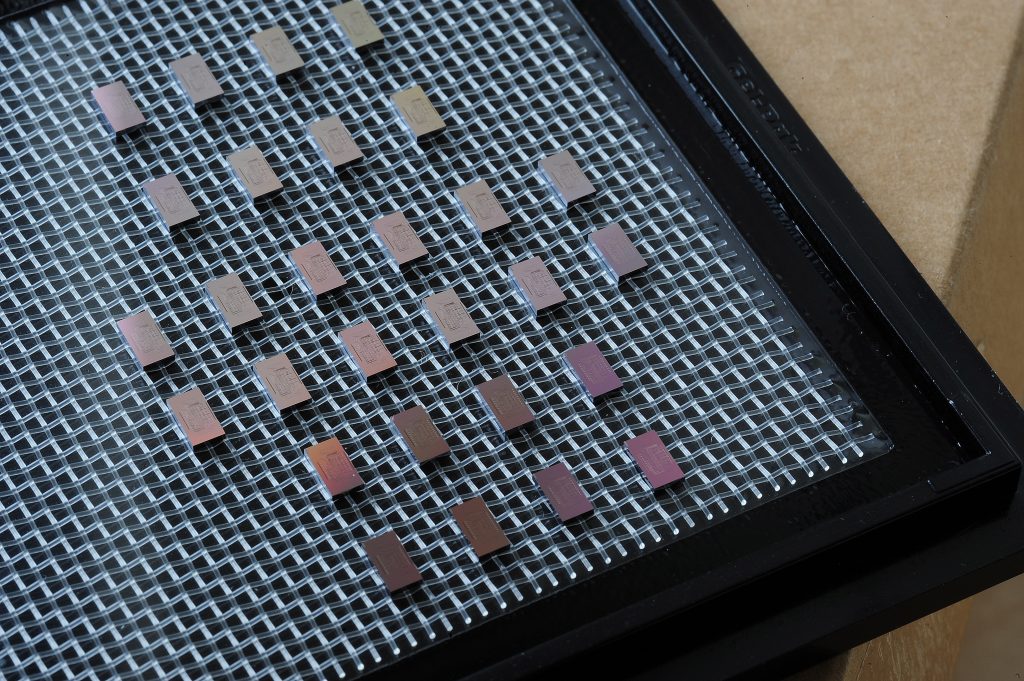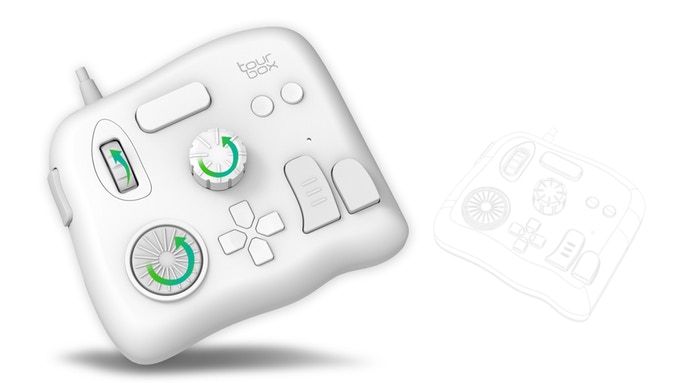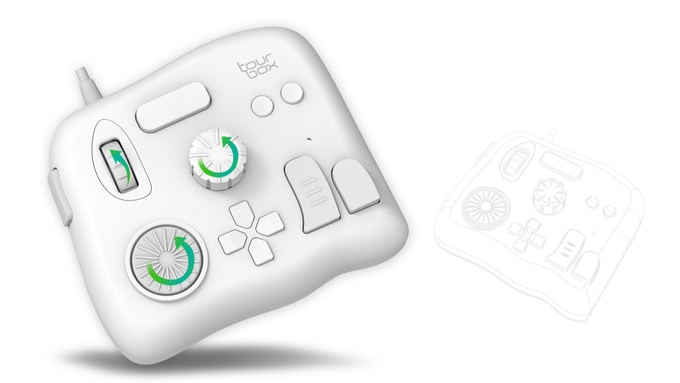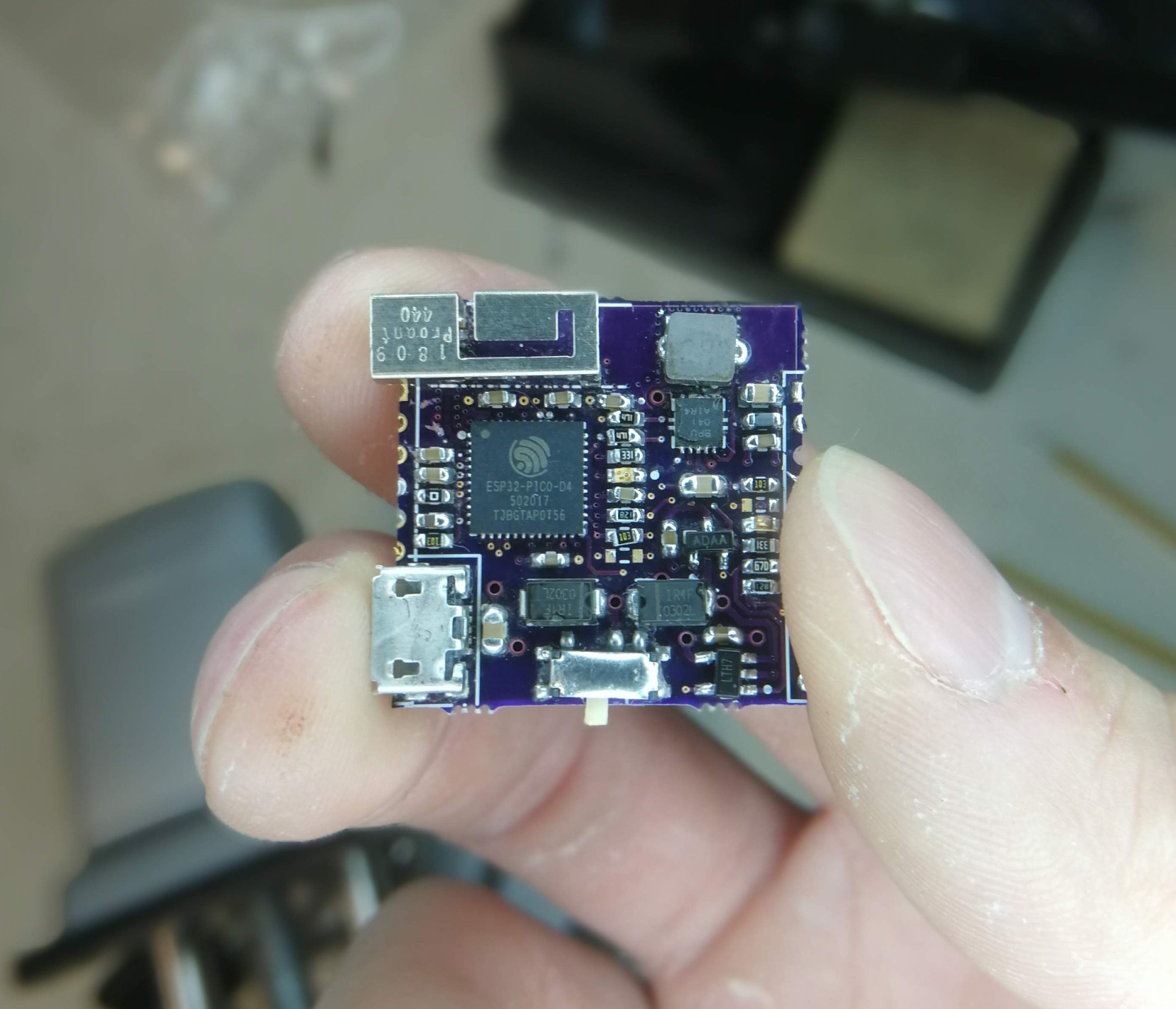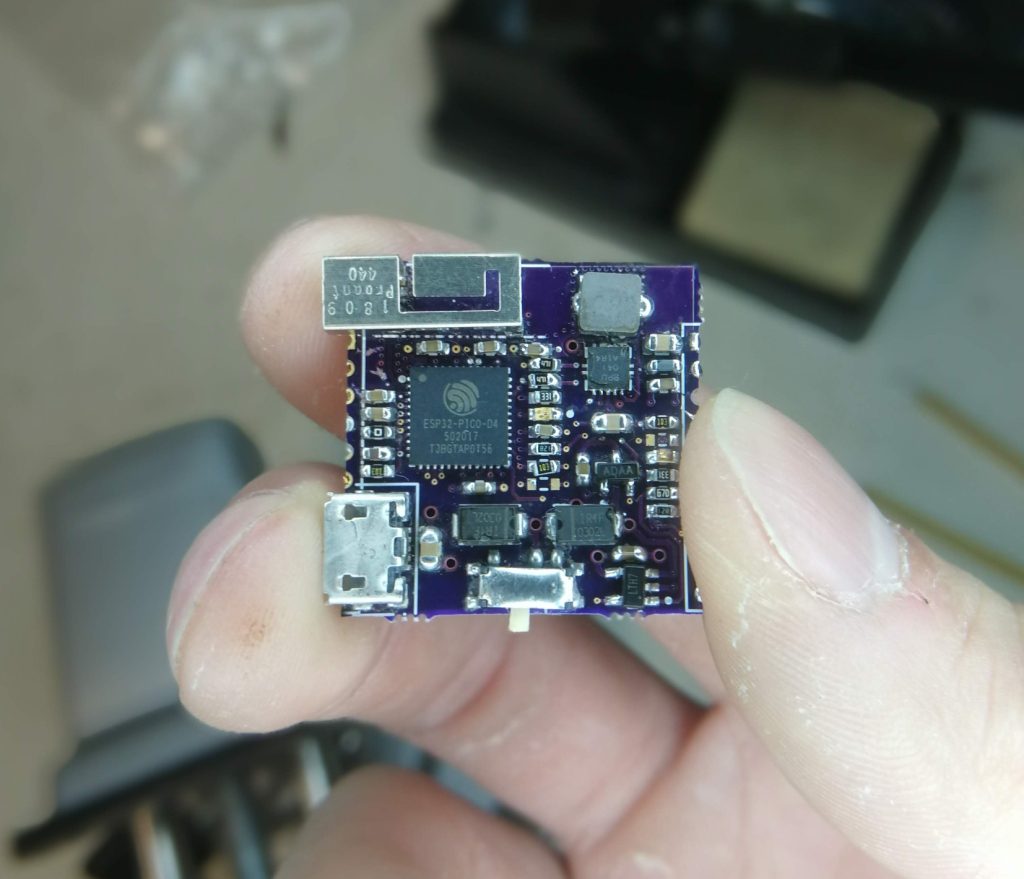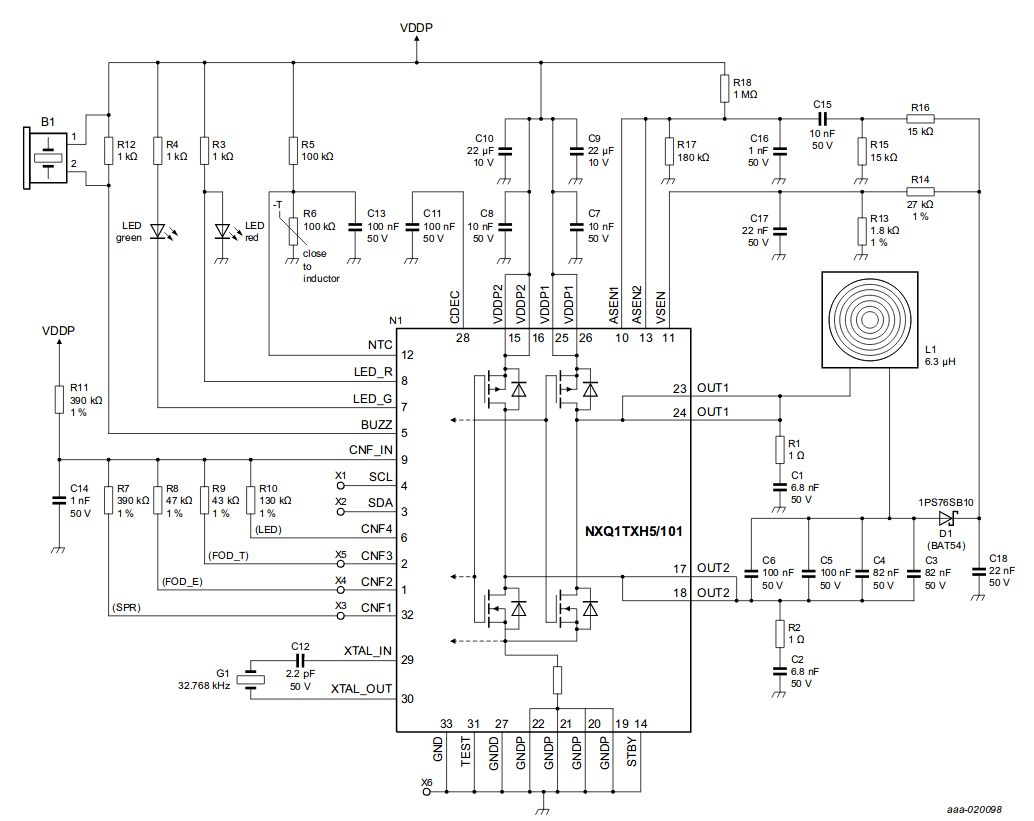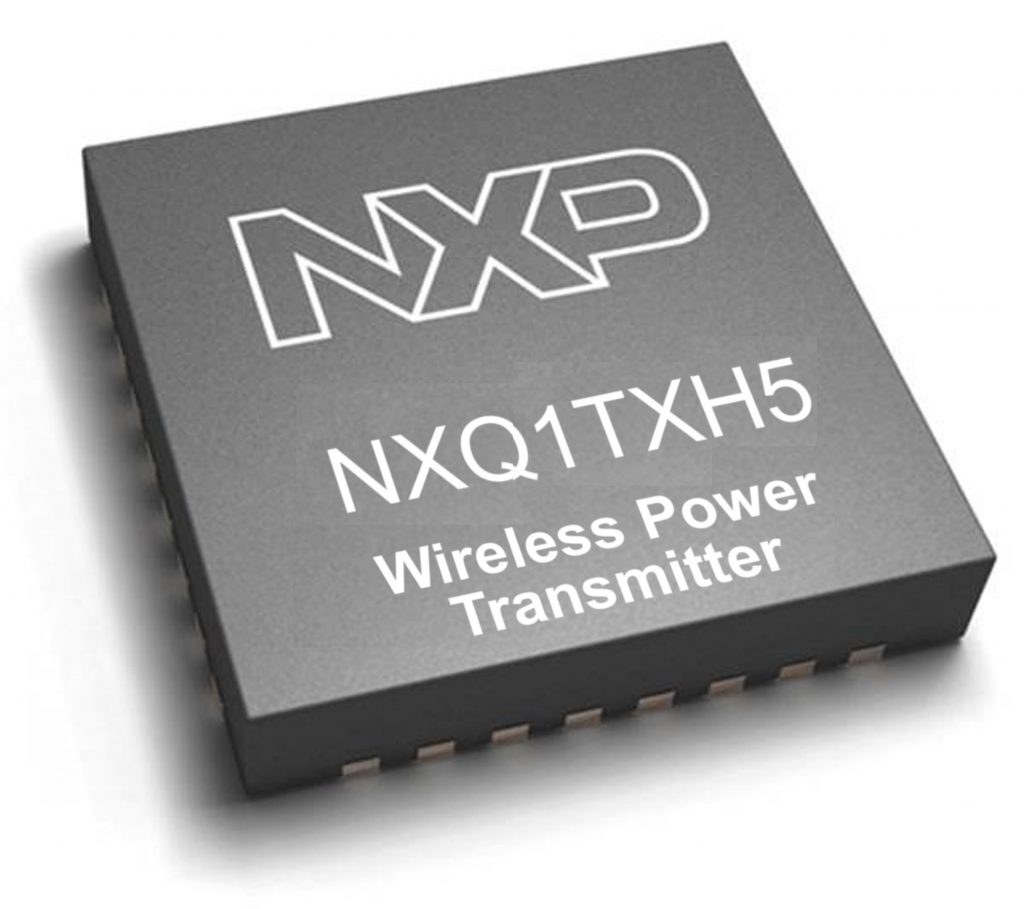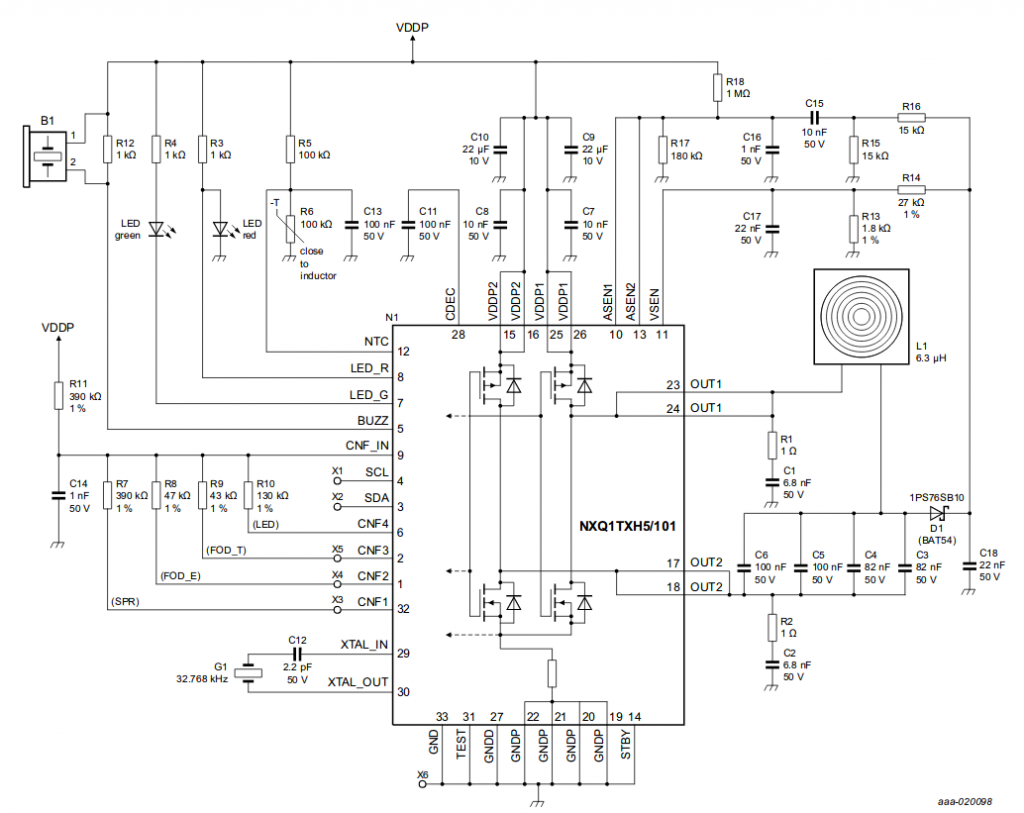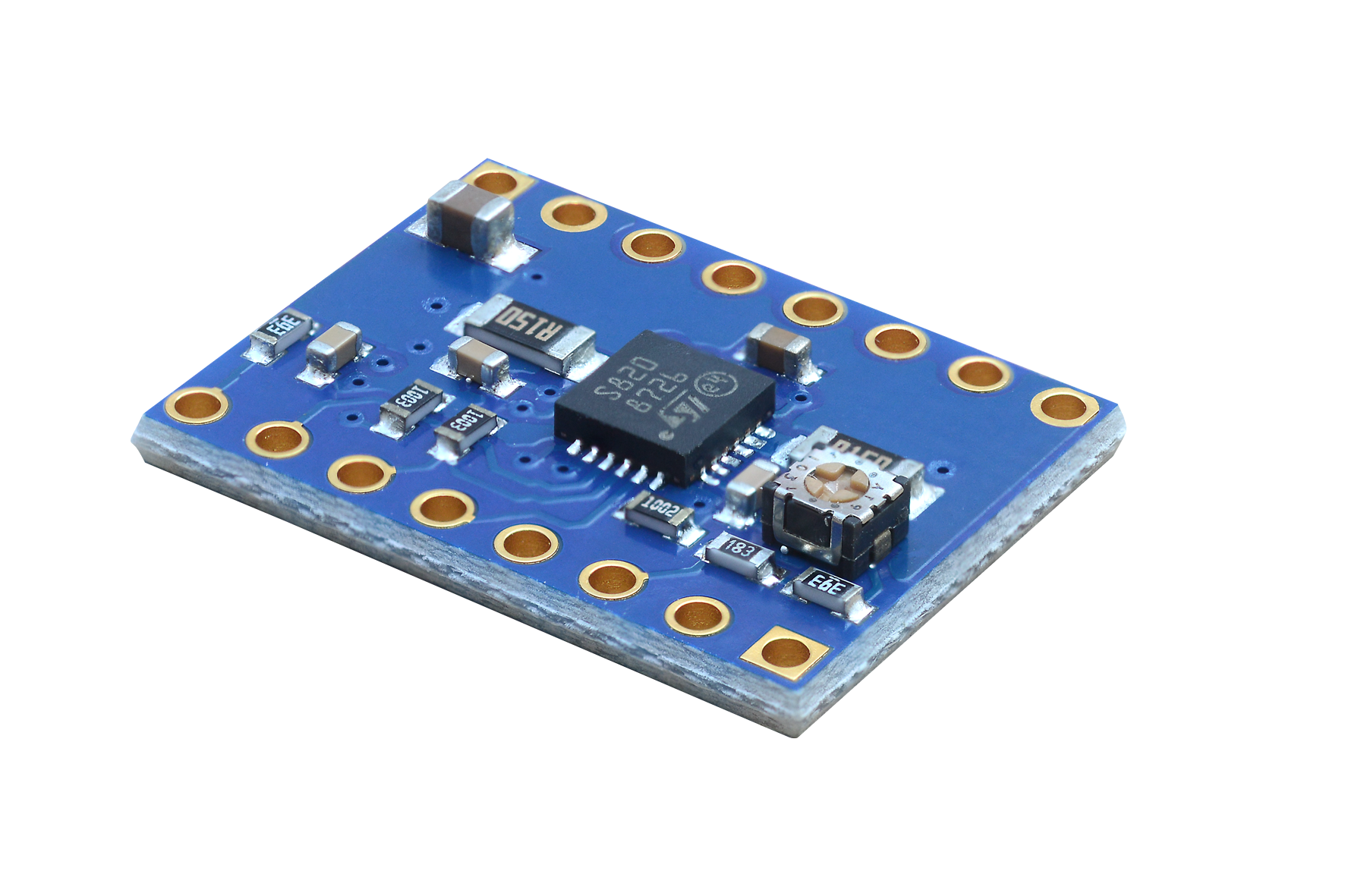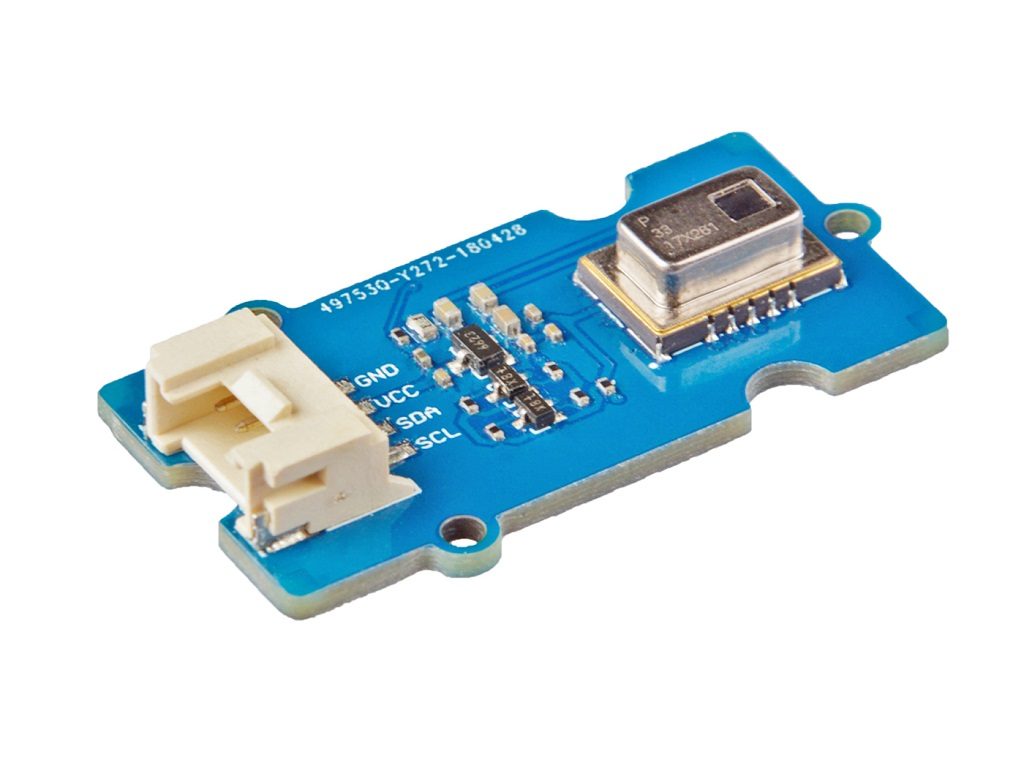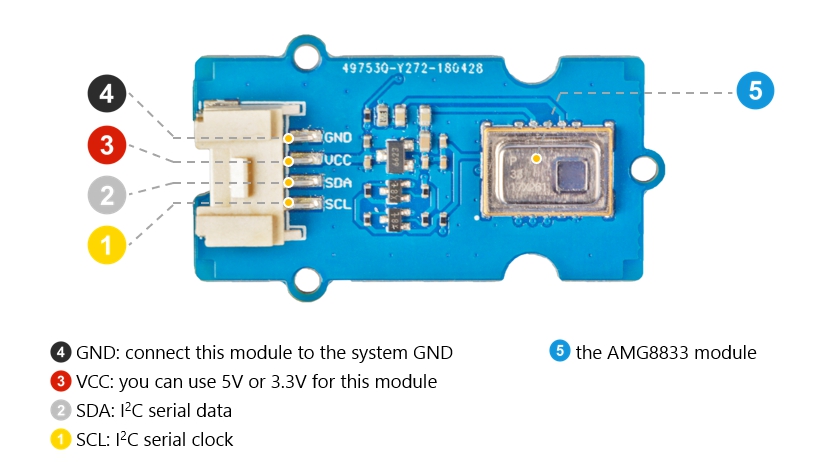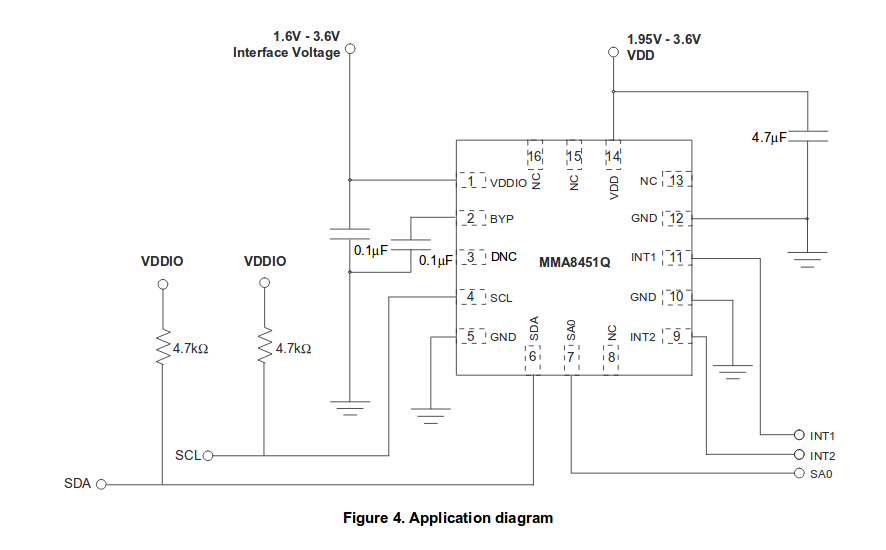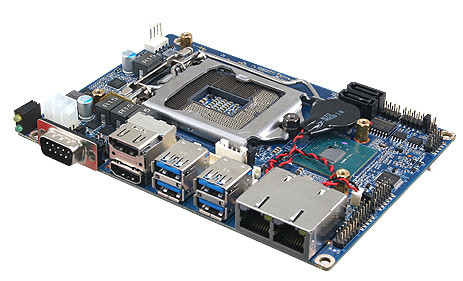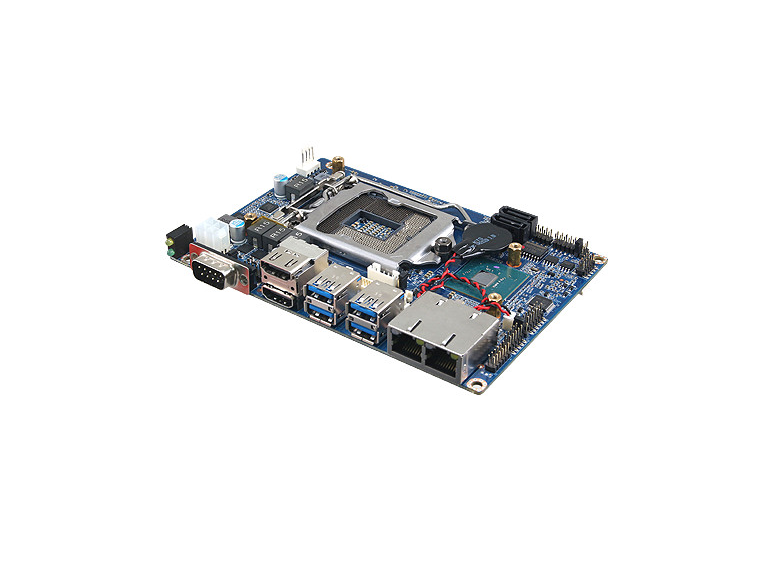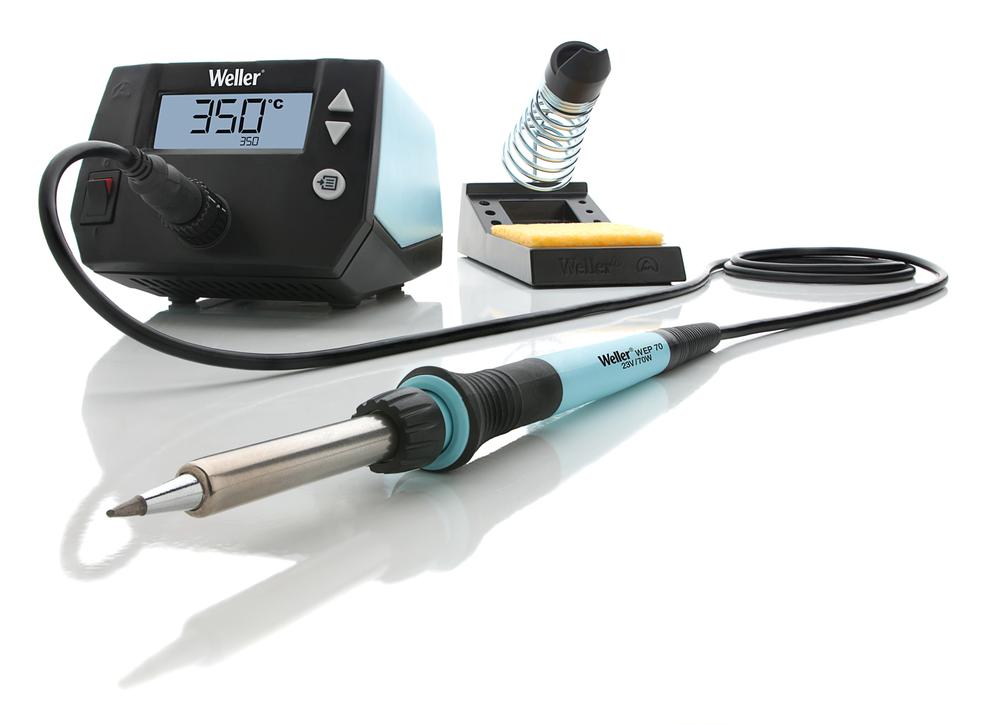 New soldering station WE1010 proves that even a very decent station can be available at an affordable price. It´s primarily designed for schools, students, demanding hobbyists, developers etc.
New soldering station WE1010 proves that even a very decent station can be available at an affordable price. It´s primarily designed for schools, students, demanding hobbyists, developers etc.
Having a reliable Weller station without paying more than 150 Euro (excl. VAT) sounds quite good, doesn´t it?
It´s true that a decent soldering station from less famous brands can be bought for even less than 100 Euro, however, usually we´ll find some aspect which the given soldering station doesn’t meet – ergonomics, (non-intuitive) operation, reliability, ESD safety, portfolio of tips, serviceability, availability of spare parts,…
New WE line (efficiency line) meets all the above mentioned, including ESD safety, which is not that common in this price level.
As could be expected, Weller didn’t go for compromises and also the WE1010 station is designed to withstand demanding professional usage. However, in respect to overall concept, it´s preferentially intended for schools, students, demanding hobbyists, developers etc.
WE1010 has an LCD display and intuitive navigation by means of a menu button. By its consecutive pressing it´s possible to activate or adjust these functions:
- standby time
- offset (from -40 to +40°C)
- choice of units °C/ °F
- password lock/ unlock.
By a combination of buttons it´s also possible to set back the station into factory settings. New ergonomic WEP70 soldering tool has increased power to 70W and uses classic well-proven and cost-effective tips of the ET series (choice of 23 types). Also a tool cord is highly flexible with a heat-resistant silicone insulation. New PH70 stand (safety rest) is of a well-proven design with a high stability.


